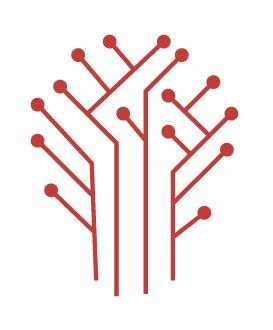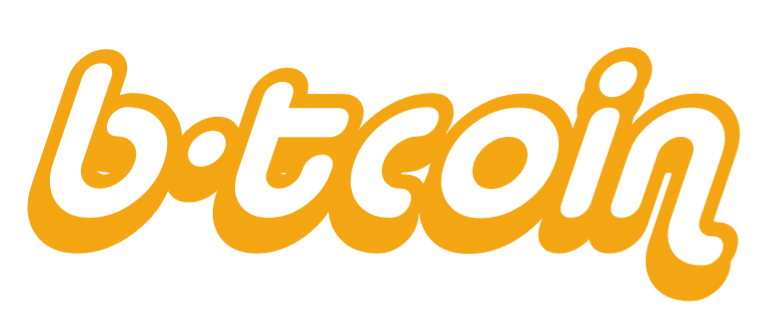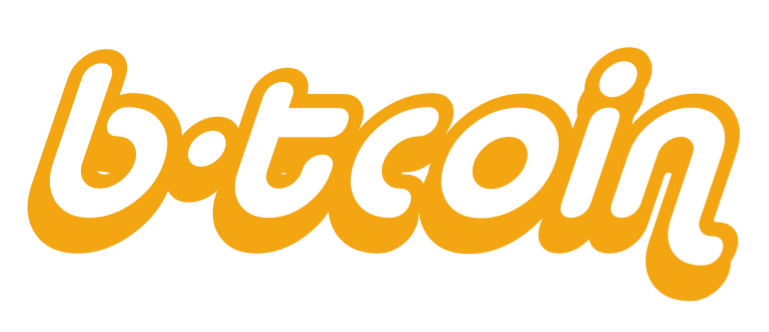The New Age of Workplace Technology: A Step Toward Smarter Work Environments

Technology has changed the way we live, work, and interact. From artificial intelligence to the Internet of Things (IoT), modern workplaces are rapidly evolving to become more efficient and intelligent. These changes aren’t just about adopting new tools—they’re about creating smarter environments that make everyday work smoother, faster, and more connected. Businesses across industries are now embracing innovative solutions to enhance employee productivity, optimize resources, and build workspaces that can adapt to modern demands.
The Shift from Traditional to Smart Workspaces
Not long ago, offices relied heavily on manual systems—paper-based workflows, basic equipment, and routine processes. Today, the scenario looks completely different. Modern workplaces are adopting technology-driven solutions that automate repetitive tasks, streamline communication, and make collaboration easier than ever.
This shift is not just about convenience; it’s about transforming the entire work culture. When technology takes care of the small details, employees can focus on meaningful tasks, creativity, and problem-solving. Smart offices integrate sensors, data analytics, and connected devices to ensure everything from lighting to security works seamlessly.
Internet of Things: The Backbone of Smart Workplaces
The Internet of Things (IoT) is playing a major role in reshaping offices. IoT involves connecting everyday objects—like lights, doors, or vending machines—to the internet, allowing them to collect and share data. This helps organizations monitor usage patterns, reduce energy waste, and make smarter decisions.
For example, IoT-enabled systems can detect when meeting rooms are occupied, adjust lighting automatically, or even reorder supplies when stock runs low. This not only improves efficiency but also creates a more responsive environment for employees.
Automation Makes Work Smarter
Automation has become the heartbeat of modern offices. Whether it’s automating data entry, scheduling, security access, or customer support, technology reduces the need for repetitive manual work. Employees benefit from more productive workflows and less time spent on tasks that machines can handle more effectively.
One simple but powerful example is the office vending machine. Unlike traditional vending machines, modern versions can track inventory in real time, accept multiple payment methods, and integrate with employee IDs or access cards. They offer 24/7 service, reduce administrative overhead, and enhance the overall workplace experience.
Artificial Intelligence in the Workplace
Artificial intelligence (AI) has moved far beyond being a futuristic concept. In the workplace, AI is now used to analyze data, predict trends, automate decision-making, and personalize experiences. AI tools can identify patterns in employee behavior, suggest better resource management strategies, and even power intelligent chatbots for internal support.
When combined with automation and IoT, AI creates workplaces that are not only efficient but also adaptive. This allows companies to save costs, improve accuracy, and create a more engaging environment for their teams.
Personalized Work Experiences Through Technology
One of the most exciting aspects of modern technology is personalization. Employees no longer want a one-size-fits-all work environment—they want flexibility and control. Smart technology allows workers to personalize lighting, temperature, and even desk positions.
When employees have access to personalized settings, their comfort and productivity naturally improve. Smart workplaces encourage employees to feel empowered and valued, which leads to higher morale and better results.
Embedded Systems Powering Smart Devices
Behind many of these modern technologies are embedded systems that make everything work. From temperature control to security systems, these small but powerful systems allow devices to communicate and function intelligently.
For companies looking to build or customize their smart solutions, working with specialists is often essential. For example, some organizations choose an arduino coder for hire to develop unique embedded systems that meet specific workplace needs. Arduino is widely used because of its flexibility, cost-effectiveness, and ease of integration with other technologies.
Security in the Age of Connectivity
A fully connected workplace comes with incredible advantages, but it also brings security challenges. With so many devices sharing data, businesses must ensure that their networks are well protected.
Modern offices are addressing this by using secure cloud services, encryption protocols, and AI-powered security monitoring systems. Two-factor authentication and role-based access control have become standard security measures to protect sensitive data. By building strong digital defenses, companies can enjoy the benefits of connectivity without exposing themselves to unnecessary risks.
Sustainability Through Smart Technology
Technology isn’t just making workplaces smarter; it’s making them greener. Smart systems can reduce energy consumption by turning off unused lights, optimizing heating and cooling systems, and monitoring power usage in real time.
This not only lowers costs but also helps businesses contribute to environmental sustainability. As more companies commit to eco-friendly goals, integrating technology that supports energy efficiency is becoming a top priority.
The Future of Intelligent Offices
The workplace of the future will be more automated, personalized, and connected than ever before. Advanced robotics may handle deliveries and logistics, AI may plan entire workflows, and IoT may control every physical system within an office.
These developments won’t replace humans—they’ll empower them. By removing routine burdens, technology allows employees to focus on what truly matters: creativity, problem-solving, and innovation. This balance between human intelligence and machine efficiency defines the smart office of tomorrow.
Conclusion
Technology is reshaping the workplace into a space where efficiency, personalization, and automation coexist. Tools like IoT, AI, and embedded systems are helping organizations build smarter environments that support employee needs and business goals alike. A simple innovation like an office vending machine demonstrates how technology can transform even the smallest aspect of the workday.
As companies continue to adopt smarter systems, they’ll need experts—like an arduino coder for hire—to develop custom solutions that perfectly match their vision. The workplaces of the future will be intelligent, sustainable, and designed to make work more human than ever before.
- Art
- Causes
- Crafts
- Dance
- Drinks
- Film
- Fitness
- Food
- Jocuri
- Gardening
- Health
- Home
- Literature
- Music
- Networking
- Alte
- Party
- Religion
- Shopping
- Sports
- Theater
- Wellness


